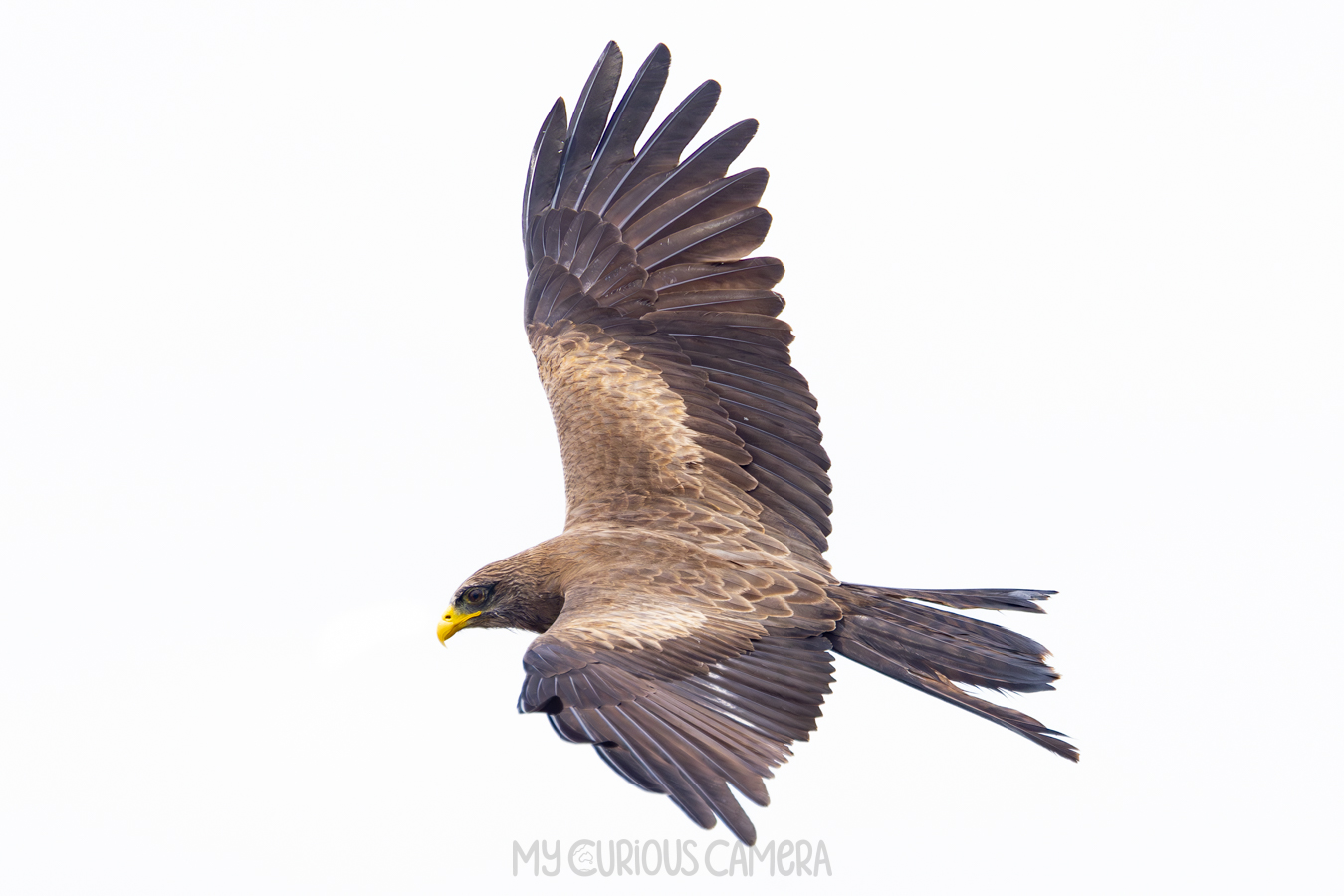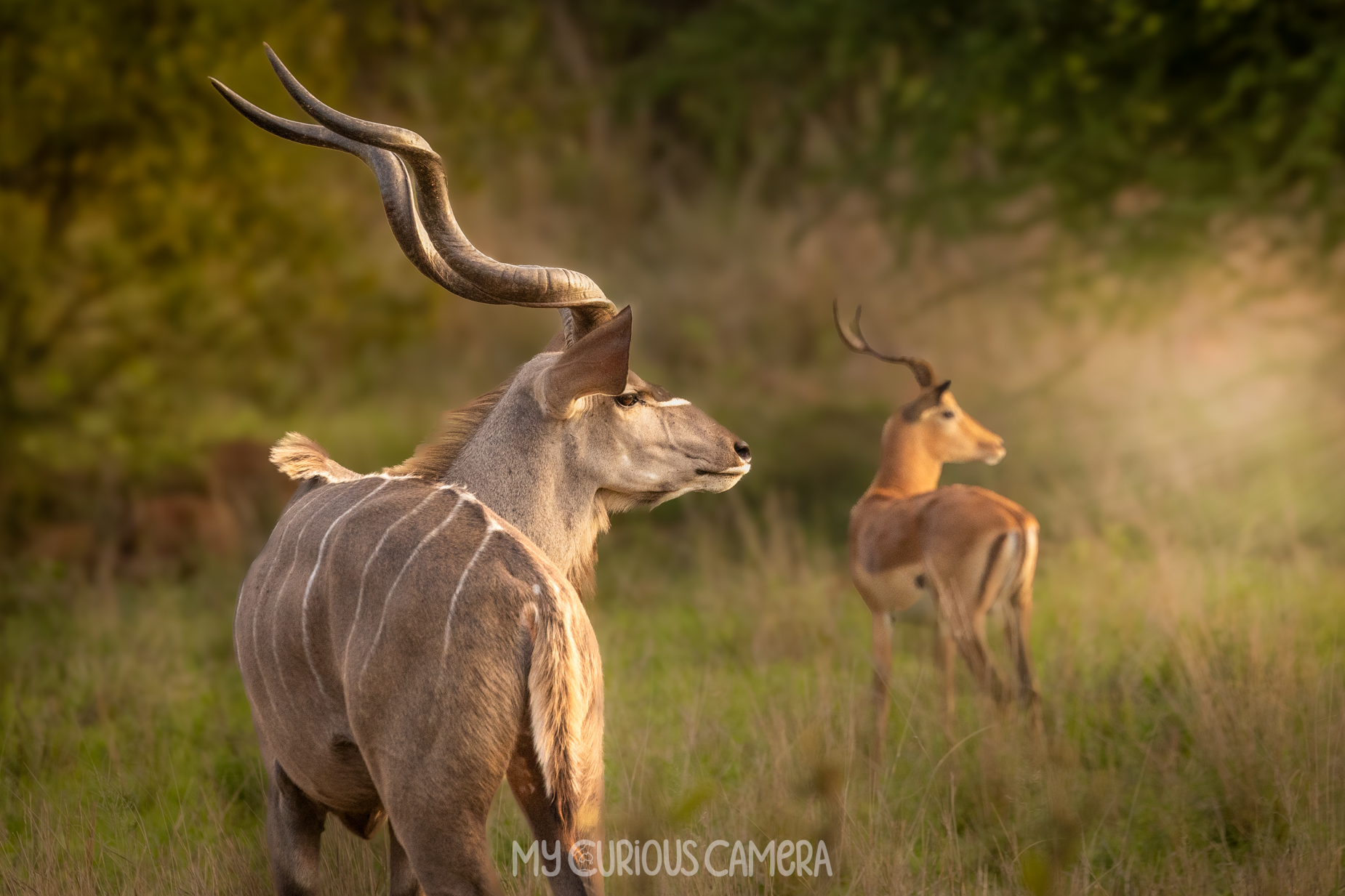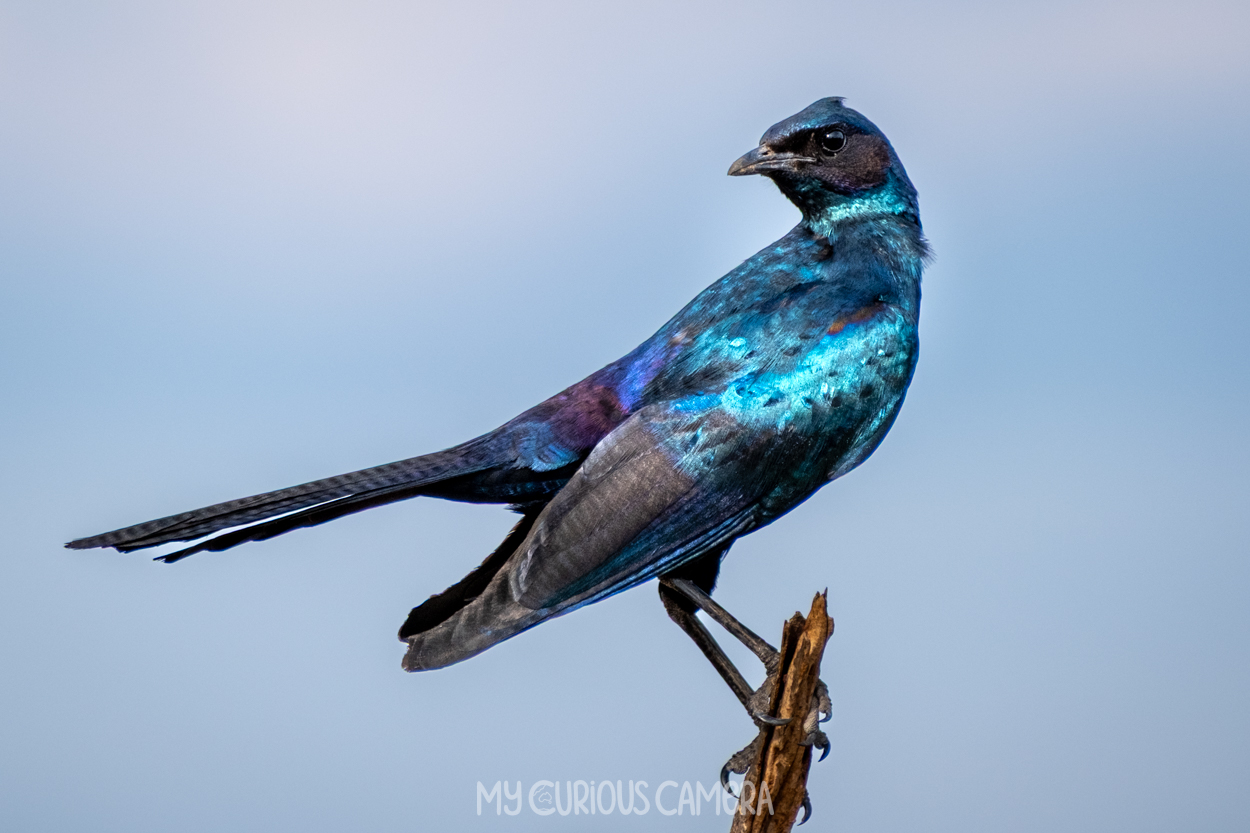

Ubiquitous around Kruger National Park, it would be easy to dismiss this shimmering songster until you realise that not all Starlings are the same. I wish I’d paid more attention. Yes, this means another excuse to return to Southern Africa. Meanwhile, here are the ones I did find.
Burchell's Starling
I must admit that this particular Starling was difficult to identify as it looks very similar to a Maeve Starling. I asked Google lens, Merlin and a friend, and we’re all pretty certain that it’s a Burchell’s. If you think otherwise, please comment below
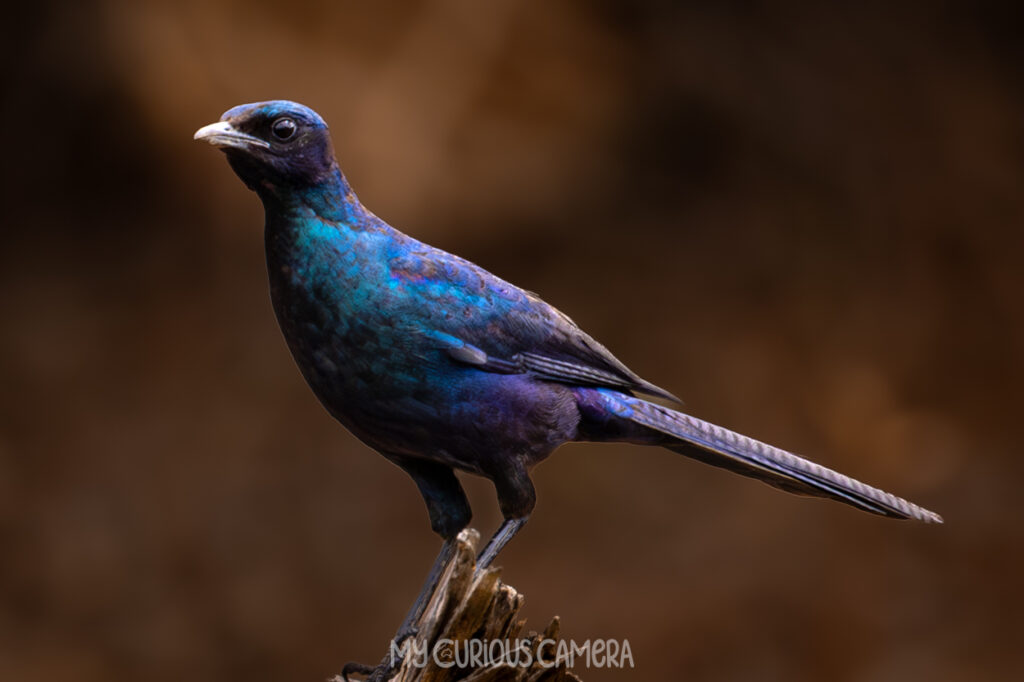

Burchell’s Starling (Lamprotornis australis)
Appearance: This robust starling measures about 30 cm in length and weighs between 74–138 g. It features a long, graduated tail and dark eyes. Its plumage displays a blue-green forehead and crown, transitioning to a blue-purple sheen on the upperparts. Here is some more info.
Behavior: Burchell’s Starlings are monogamous and presumably sedentary, often seen foraging on the ground for insects and fruit. They typically nest in tree cavities lined with grass, leaves, feathers, and sometimes snake skins. Here is some more info on Cornell’s Website.
Range: Endemic to southern Africa, their distribution extends marginally into southern Angola and southwestern Zambia.
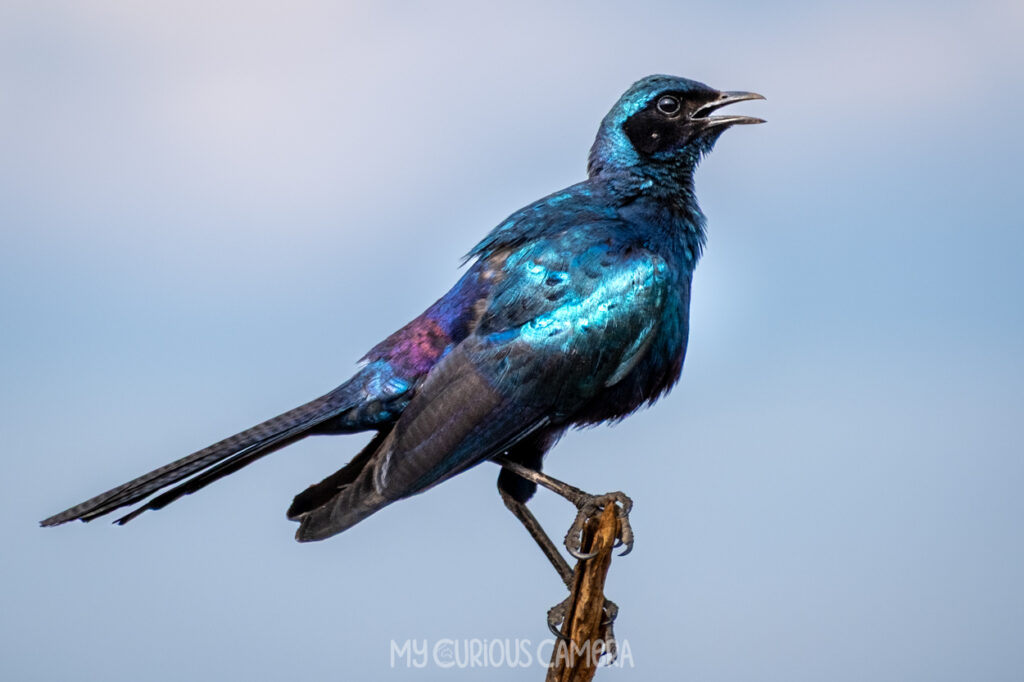
Violet-Backed Starling
This one was slightly easier to identify because I caught it in the right light. If you see it in shadow, it looks almost black and easier to dismiss.



Violet-backed Starling (Cinnyricinclus leucogaster)
Appearance: This small starling measures about 18 cm in length and weighs around 45 g. Males exhibit iridescent purple upperparts with pure white underparts, while females and juveniles have brown-streaked white bellies and darker brown-streaked upperparts.
Breeding: They nest in cavities such as tree holes high off the ground, holes in river banks, and even old hollow fence posts, lining the nests with dung, leaves, and other plant material. The female incubates the eggs for about two weeks, and both parents feed the hatchlings.
Migration: An intra-African migrant, living in tropical Africa before heading south to southern Africa to breed, mainly arriving in September.
Cape Starling
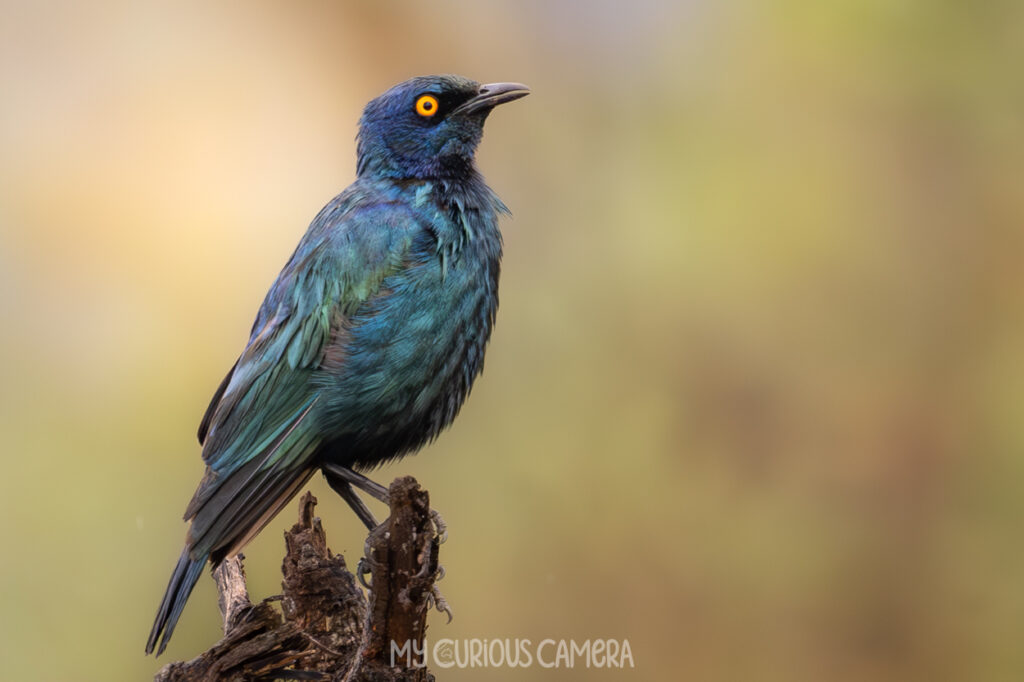
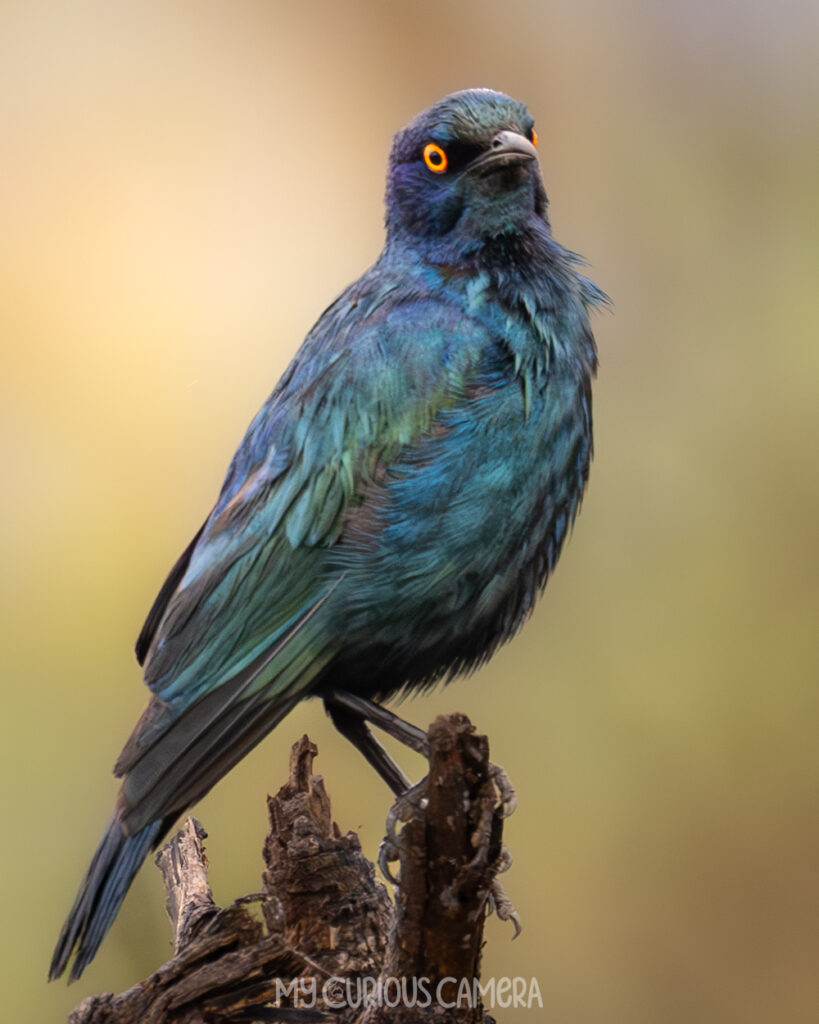
Cape Glossy Starling (Lamprotornis nitens)
Appearance: A medium-sized starling, approximately 25 cm in length and weighing around 100 g. Its plumage is a fairly uniform bright, glossy blue-green, lacking dark ear patches, giving it a more uniform appearance than other glossy starlings.
Habitat: Commonly found in bushveld-savanna, especially thornveld, and woodland habitats. They have also become increasingly abundant in towns and suburbs, taking advantage of discarded scraps and garden bird feeders.
Diet: Their diet is varied, consisting of insects, fruit, and nectar.
Greater Blue-eared Starling
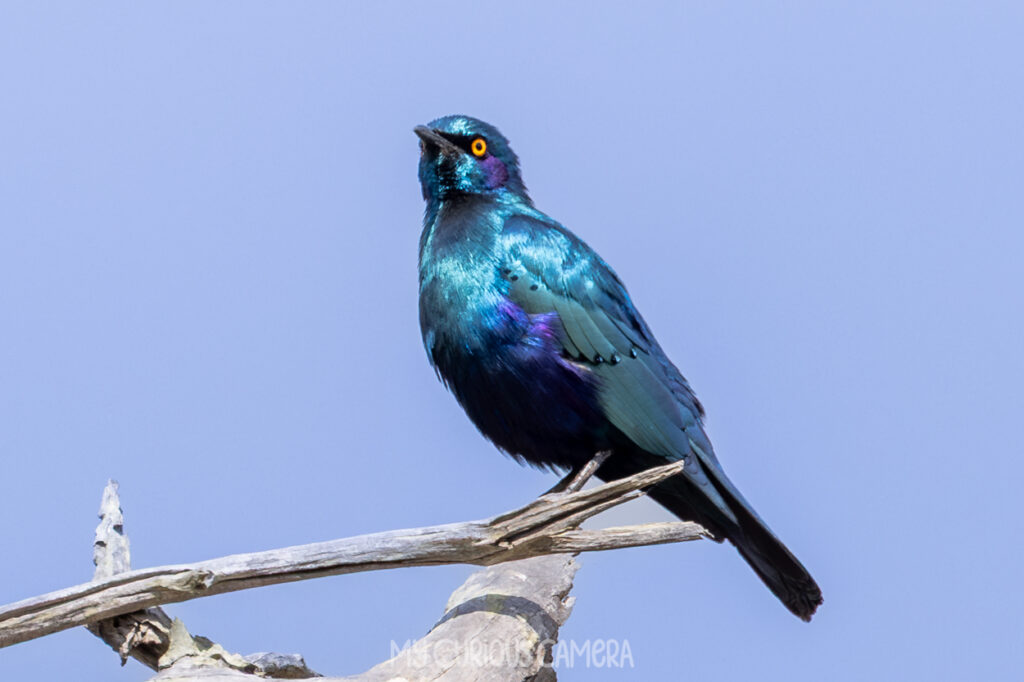
Greater Blue-eared Starling (Lamprotornis chalybaeus)
Appearance: This species is characterized by glossy blue-green upperparts and a purple-blue belly. A distinctive blue ear patch and bright yellow or orange iris are key identifying features.
Behavior: They are very common in open woodlands and undertake some seasonal migration. Pairs and small groups feed on the ground and in trees, consuming fruit and insects. Occasionally, up to 300 individuals may gather at fruiting trees.
Vocalization: Their calls include a cat-like nasal “squuee-aar” contact call that is distinctive.

Red-winged Starling
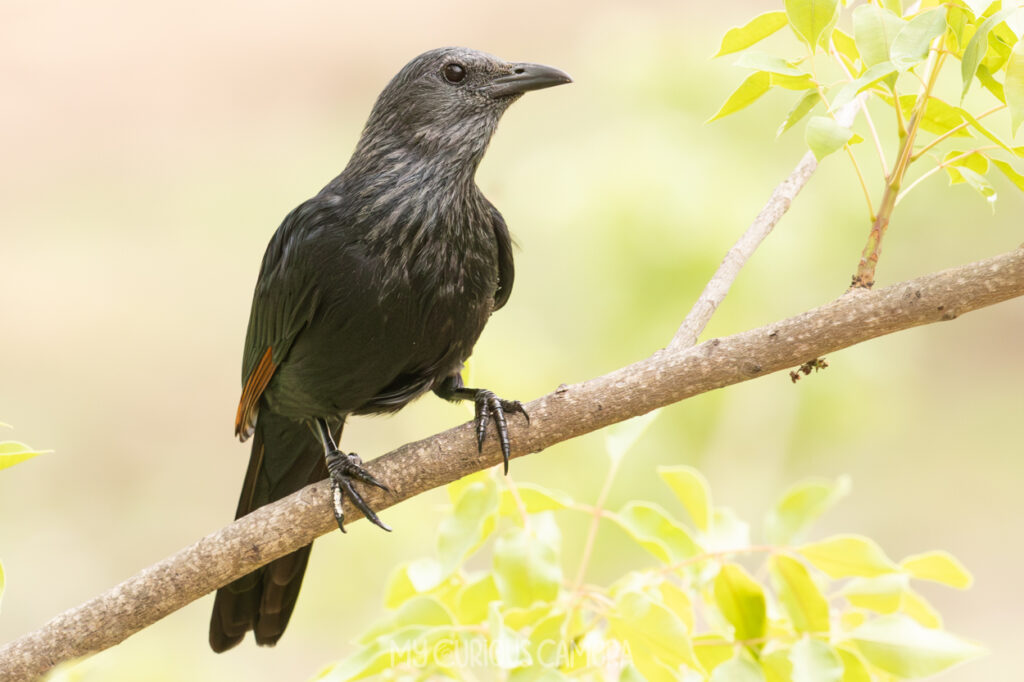

Red-winged Starling (Onychognathus morio)
Appearance: Males are glossy black with striking chestnut-red flight feathers, while females have an ash-grey head and breast.
Habitat & Behavior: Originally cliff dwellers, they now thrive in urban areas. Omnivorous, they eat fruit, seeds, insects, and small vertebrates. Highly territorial, they aggressively defend nests.
Vocalization: Their calls range from melodious whistles to harsh alarm sounds when defending their young.
A bold and adaptable starling, easily spotted in Kruger National Park!
Wattled Starling
Wattled Starling (Creatophora cinerea)
Appearance: Unique among starlings, breeding males have bare yellow facial skin and black wattles, while non-breeding birds are duller with greyish plumage.
Habitat & Behavior: Nomadic and highly social, they move in large flocks, often following grazing animals to feed on disturbed insects.
Vocalization: Their calls include chatters and harsh notes, often heard in noisy colonies.
A striking, ever-moving starling that adds energy to Kruger’s landscapes!
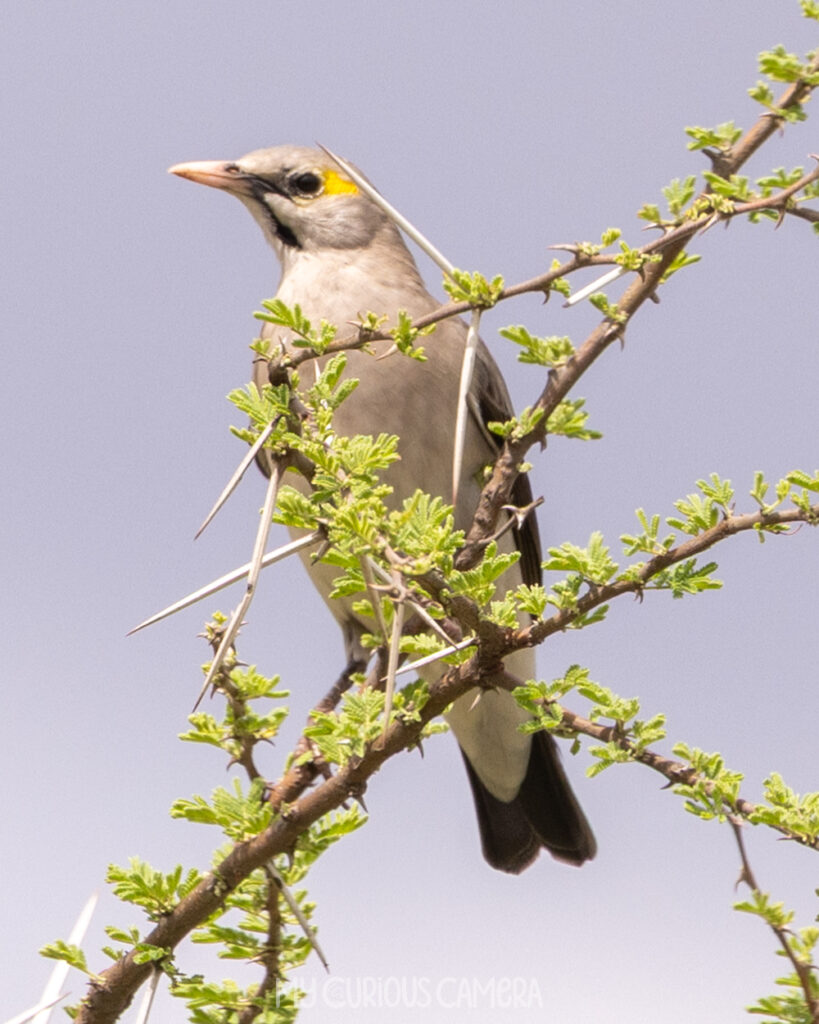

Happy Birding
Well, that’s it for now. I’d love to hear your comments. Meanwhile, happy birding, N x

